Home>Articles>What Is The Minimum Ceiling Height For A Car Lift
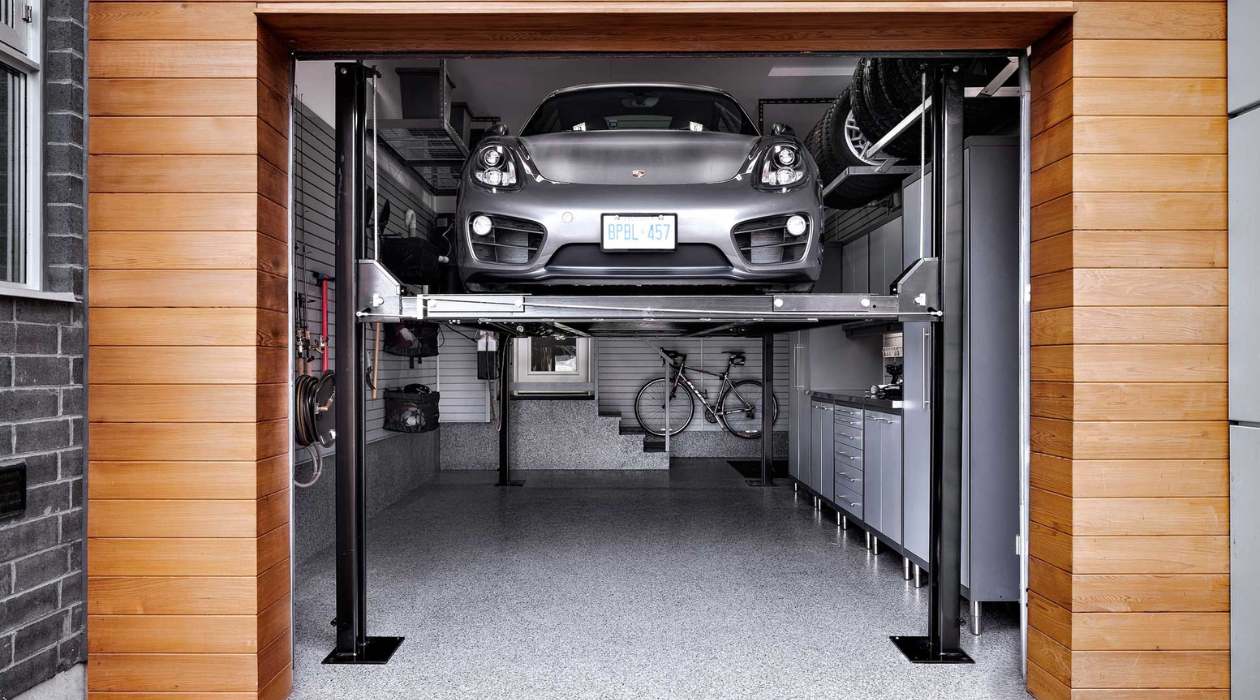

Articles
What Is The Minimum Ceiling Height For A Car Lift
Modified: August 28, 2024
Find out the ideal ceiling height required for car lifts in our informative articles. Maximize your garage space with proper measurements and guidelines.
(Many of the links in this article redirect to a specific reviewed product. Your purchase of these products through affiliate links helps to generate commission for Storables.com, at no extra cost. Learn more)
Introduction
When it comes to installing a car lift in your garage or workshop, one crucial factor to consider is the height of the ceiling. Having the right ceiling height plays a significant role in ensuring the functionality and safety of the car lift.
Car lifts are essential equipment for automotive enthusiasts, professionals, and hobbyists alike. They provide a convenient and efficient way to lift vehicles for maintenance, repairs, and storage. However, these lifts require adequate overhead clearance to accommodate the raised height of the vehicle and the lifting mechanism.
In this article, we will explore the factors to consider when determining the ceiling height for a car lift, the minimum requirements for different types of car lifts, the benefits of having sufficient ceiling height, potential issues with insufficient clearance, and some tips for measuring the ceiling height for a car lift installation.
Key Takeaways:
- Ensure you have sufficient ceiling height for your car lift to enjoy smooth vehicle lifting, enhanced workspace, versatility for different vehicles, and improved safety measures. Proper planning prevents potential issues and maximizes functionality.
- Accurately measure the ceiling height for your car lift installation using a measuring tape, clear the area, consider floor levelness, and consult the installation manual or seek professional assistance for precise measurements. A successful installation ensures optimal functionality and safety.
Read more: How To Raise Ceiling Height
Factors to Consider When Determining the Ceiling Height for a Car Lift
Before installing a car lift, it’s important to assess several key factors that will influence the required ceiling height. By considering these factors, you can ensure that there is sufficient clearance for the operation of the lift and the vehicles being lifted.
1. Type of Car Lift: Different types of car lifts have varying height requirements. Two-post lifts, which are often used in residential garages, typically require a lower ceiling height compared to four-post lifts or scissor lifts. It’s essential to check the manufacturer’s specifications to determine the minimum required ceiling height for the specific type of car lift you plan to install.
2. Vehicle Height and Weight: The height and weight of the vehicles you intend to lift also need to be taken into account. Larger vehicles such as trucks or SUVs may require more vertical clearance, especially if additional modifications or accessories are installed. Make sure to measure the highest point of the vehicle and account for any roof racks or antennas that increase the overall height.
3. Lifting Height: Consider the maximum lifting height you will need for your car lift. This is important because the higher the lifting height, the more overhead clearance is required. Ensure that there is enough space between the raised vehicle and the ceiling to safely work or maneuver around the car.
4. Safety Standards and Regulations: Familiarize yourself with the safety standards and regulations concerning car lift installations in your area. These guidelines may specify a minimum ceiling height requirement to ensure safe operation and prevent accidents. It’s crucial to comply with these standards to guarantee the safety of yourself, your vehicles, and anyone else in the space.
5. Infrastructure and Obstacles: Take into consideration any existing infrastructure, such as lighting fixtures, ventilation systems, or utility lines, that may limit the available ceiling height. Additionally, consider any obstacles that could obstruct the movement of the raised vehicle, such as low-hanging beams or garage doors.
By carefully considering these factors, you can determine the appropriate ceiling height for your car lift installation. This ensures optimal functionality, allows for safe operation and maintenance, and avoids any potential issues that may arise from insufficient clearance.
Minimum Ceiling Height Requirement for Different Types of Car Lifts
Each type of car lift has specific requirements when it comes to ceiling height. Here are some general guidelines for the minimum ceiling height needed for different types of car lifts:
1. Two-Post Lifts: Two-post lifts are commonly used in residential garages due to their space-saving design. These lifts typically require a minimum ceiling height of around 11-12 feet (3.35-3.66 meters). This measurement allows for proper clearance when lifting vehicles and provides enough space for mechanics to work comfortably underneath the raised car.
2. Four-Post Lifts: Four-post lifts are more commonly found in commercial garages or professional workshops. These lifts have a sturdier and more stable design and are often used for heavier vehicles. The minimum required ceiling height for a four-post lift is typically around 12-14 feet (3.66-4.27 meters). This extra height is necessary to accommodate the lift’s structure and provide sufficient clearance for vehicles and maintenance activities.
3. Scissor Lifts: Scissor lifts, also known as platform lifts, have a different lifting mechanism compared to two-post or four-post lifts. They require a higher minimum ceiling height due to the increased vertical movement of the lifting platform. Generally, a minimum ceiling height of 12-14 feet (3.66-4.27 meters) is recommended for most scissor lifts.
It’s important to note that these are general guidelines, and specific lift models may have different height requirements. Always refer to the manufacturer’s specifications and installation instructions for accurate information regarding the minimum ceiling height needed for a particular car lift model.
Additionally, if you plan to work on taller vehicles such as trucks or vans, or if you intend to install additional accessories such as roof racks or custom modifications, you may need to provide extra clearance above the minimum recommended height to account for these factors.
Properly assessing and meeting the minimum ceiling height requirements for your chosen type of car lift ensures safe and efficient operation and prevents any potential damage to both the lift and the vehicles being lifted.
Benefits of Having Sufficient Ceiling Height for Car Lifts
Having sufficient ceiling height for your car lift installation offers several advantages that improve functionality, safety, and overall productivity. Here are some of the key benefits:
1. Ease of Vehicle Lifting: Adequate overhead clearance allows for smoother and more effortless vehicle lifting. With enough ceiling height, you can comfortably raise vehicles without worrying about them coming into contact with the ceiling or any obstacles. This ensures seamless operation and reduces the risk of accidents or damage to the vehicle or the lift itself.
2. Enhanced Workspace: Sufficient ceiling height provides a more spacious working environment around the raised vehicle. This extra vertical space allows mechanics or enthusiasts to move freely, access different parts of the vehicle, and perform maintenance or repairs with ease. It minimizes the risk of bumping into the ceiling or feeling confined, promoting better efficiency and productivity.
3. Versatility for Various Types of Vehicles: With ample clearance, you can work on a wide range of vehicles, including taller models such as trucks, vans, or SUVs. Whether you’re conducting routine maintenance, performing undercarriage inspections, or tackling more extensive repairs, having the right ceiling height ensures that your lift can accommodate vehicles of different sizes and configurations.
4. Convenient Storage Solutions: Car lifts with sufficient overhead clearance offer convenient storage options for vehicles. Utilizing the lift as a storage platform allows for efficient use of space in garages or workshops with limited square footage. You can safely store vehicles above ground level, freeing up valuable floor space for other purposes.
5. Improved Safety Measures: Proper ceiling height is essential for maintaining safety standards when working with car lifts. Sufficient clearance reduces the risk of collisions or accidental damage caused by vehicle contact with the ceiling or any obstructions. It provides ample room for movement, preventing potential hazards and ensuring a safer working environment for everyone involved.
6. Future-Proofing Your Space: Installing a car lift with the appropriate ceiling height not only meets your current needs but also prepares you for any future requirements. It allows flexibility for potential upgrades or modifications to your vehicle collection or workshop setup. Investing in sufficient vertical clearance saves you the hassle and expense of reinstalling or replacing the car lift to accommodate future changes.
By prioritizing sufficient ceiling height for your car lift installation, you can enjoy these benefits and maximize the functionality, safety, and versatility of your garage or workshop space. It ensures a seamless and productive workflow, whether you’re working on routine maintenance or tackling more extensive automotive projects.
When considering a car lift, the minimum recommended ceiling height is 11 feet. However, for larger vehicles or added clearance, a ceiling height of 12 feet or more is ideal. Always consult the manufacturer’s specifications for the specific car lift you are considering.
Potential Issues with Insufficient Ceiling Height for Car Lifts
Insufficient ceiling height for your car lift installation can lead to various issues that hinder the functionality and safety of the lift. It’s important to be aware of these potential problems before making a decision. Here are some of the main concerns:
1. Restricted Vehicle Lifting Height: Limited overhead clearance can restrict the maximum height to which you can lift a vehicle. This can be problematic when working on taller vehicles or performing certain maintenance tasks that require additional lifting clearance. It may limit your ability to access certain areas of the vehicle or make it challenging to work comfortably underneath it.
2. Increased Risk of Vehicle Damage: When operating a car lift with insufficient ceiling height, there is a higher chance of collision between the vehicle and the ceiling or other obstacles. This can result in costly damage to the vehicle, the lift, or the surrounding infrastructure. It may also pose a safety risk to the operator and others in the vicinity.
3. Limited Workspace: With restricted overhead clearance, the available workspace around the raised vehicle is reduced. This can make it challenging for mechanics or enthusiasts to move around and perform tasks comfortably. It may restrict access to certain components or make it difficult to navigate tools and equipment, ultimately affecting productivity and efficiency.
4. Safety Concerns: Insufficient ceiling height compromises the overall safety of the car lift operation. The risk of accidents and injuries increases when there isn’t enough space for maneuvering around the raised vehicle. It may also limit the ability to properly position safety locks or perform routine maintenance checks on the lift itself, potentially compromising its stability and integrity.
5. Inability to Lift Certain Vehicles: If the ceiling height is too low, it may prevent you from lifting certain types of vehicles altogether. This can be a significant limitation, especially if you plan to work on different classes of vehicles or regularly service taller models such as trucks or recreational vehicles. It limits the versatility and potential revenue opportunities of your car lift.
6. Need for Costly Modifications: In some cases, to accommodate a car lift in a space with insufficient ceiling height, you may need to undertake costly modifications to raise the height of the building or lower the floor. These modifications can be time-consuming, disruptive, and expensive. It’s essential to carefully consider the feasibility and cost-effectiveness of such alterations before proceeding.
By understanding these potential issues, you can make an informed decision regarding the ceiling height for your car lift installation. Ensuring sufficient overhead clearance is critical for optimal functionality, safety, and long-term usability of the lift.
Tips for Measuring the Ceiling Height for a Car Lift Installation
Accurately measuring the ceiling height is crucial when planning for a car lift installation. Here are some useful tips to help you measure the ceiling height effectively:
1. Use a Measuring Tape: Obtain a reliable measuring tape that is long enough to measure the entire height from the floor to the ceiling. A tape measure with a lock feature can be particularly helpful to ensure accurate measurements without the tape retracting.
2. Measure Multiple Points: Take measurements at various points across the width and length of the area where the car lift will be installed. This helps identify any inconsistencies or unevenness in the ceiling height. It also enables you to make adjustments if any specific area has a lower ceiling height than others.
3. Clear the Area: Ensure the space is clear from any obstructions that may interfere with accurate measurements, such as furniture, equipment, or overhead fixtures. Remove any temporary items or ornaments that may affect the ceiling height reading.
4. Consider Floor Levelness: Take into account the levelness of the floor when measuring the ceiling height. If the floor is significantly uneven, it can impact the accuracy of the measurements. In such cases, it may be necessary to level the floor before proceeding with the installation.
5. Account for Flooring Thickness: If there is existing flooring that will remain in place, be mindful of its thickness so that you can accurately gauge the height from the floor to the ceiling. This is important to ensure proper clearance for the raised vehicle.
6. Measure Multiple Times: To ensure accuracy, measure the ceiling height multiple times and compare the readings. This helps to minimize the chances of errors and provides a more reliable measurement for your car lift installation.
7. Consult the Installation Manual: Check the manufacturer’s installation manual for the specific car lift you plan to install. The manual may provide guidelines or recommendations for measuring the ceiling height based on their product specifications.
8. Seek Professional Assistance: If you are unsure about the measurements or lack the necessary tools, consider consulting a professional installer or contractor. They have the expertise and equipment to accurately measure the ceiling height and provide guidance on any necessary adjustments or modifications.
By following these tips, you can ensure precise measurements of the ceiling height, which is vital for a successful car lift installation. It helps you determine the appropriate lift model and ensures proper functionality, safety, and clearance for the vehicles being lifted.
Conclusion
When it comes to installing a car lift, having the right ceiling height is essential for a successful and efficient operation. By considering the factors discussed, you can determine the minimum ceiling height requirements for different types of car lifts, ensuring that you have sufficient space for lifting vehicles and carrying out maintenance tasks.
Having sufficient clearance offers numerous benefits. It allows for the smooth lifting of vehicles, provides a spacious workspace, accommodates different vehicle types, and promotes safe operation. On the other hand, insufficient ceiling height can lead to restricted lifting capabilities, increased risk of vehicle damage, limited workspace, and safety concerns.
Measuring the ceiling height accurately is crucial in ensuring a proper installation. Using a measuring tape, measuring multiple points, and considering factors like floor levelness and flooring thickness can help achieve precise measurements. Additionally, consulting installation manuals or seeking professional assistance can provide further guidance during the measuring process.
Installing a car lift with the appropriate ceiling height not only enhances functionality and safety but also future-proofs your space. It allows you to work on various vehicle types, provides efficient storage solutions, and prepares you for potential changes or upgrades in the future.
In conclusion, take the time to carefully evaluate the factors that influence ceiling height requirements, measure accurately, and ensure sufficient clearance for your car lift installation. By doing so, you can optimize the functionality, safety, and versatility of your garage or workshop, allowing for seamless and efficient vehicle maintenance and repairs.
Frequently Asked Questions about What Is The Minimum Ceiling Height For A Car Lift
Was this page helpful?
At Storables.com, we guarantee accurate and reliable information. Our content, validated by Expert Board Contributors, is crafted following stringent Editorial Policies. We're committed to providing you with well-researched, expert-backed insights for all your informational needs.
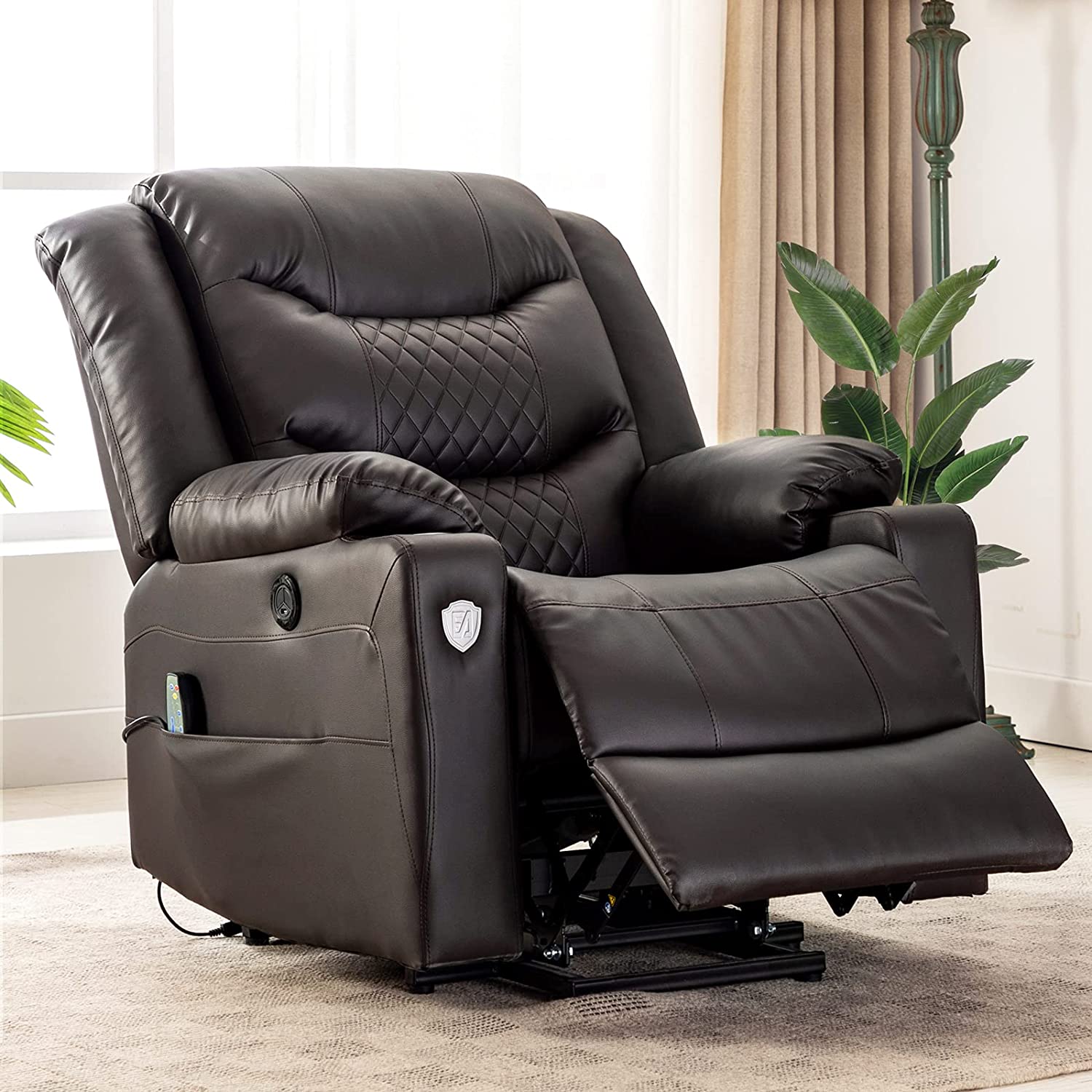
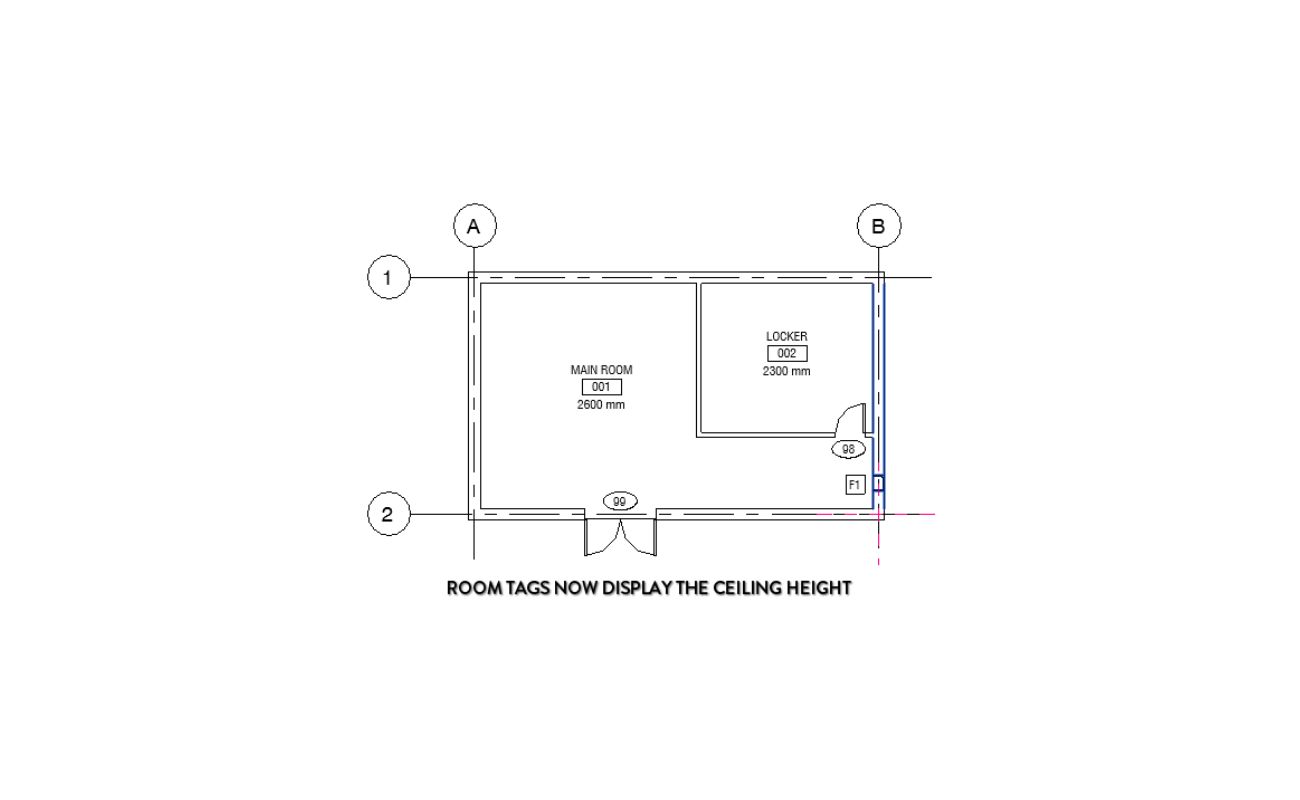
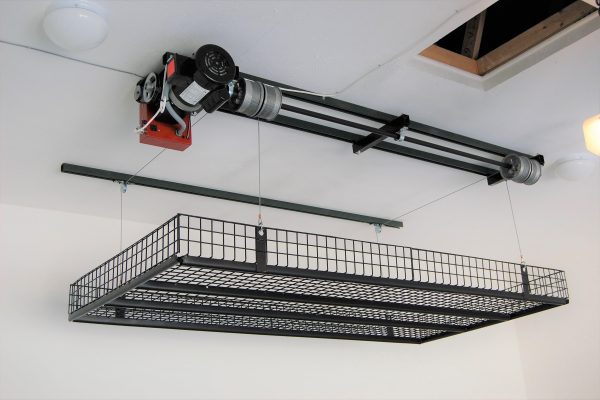
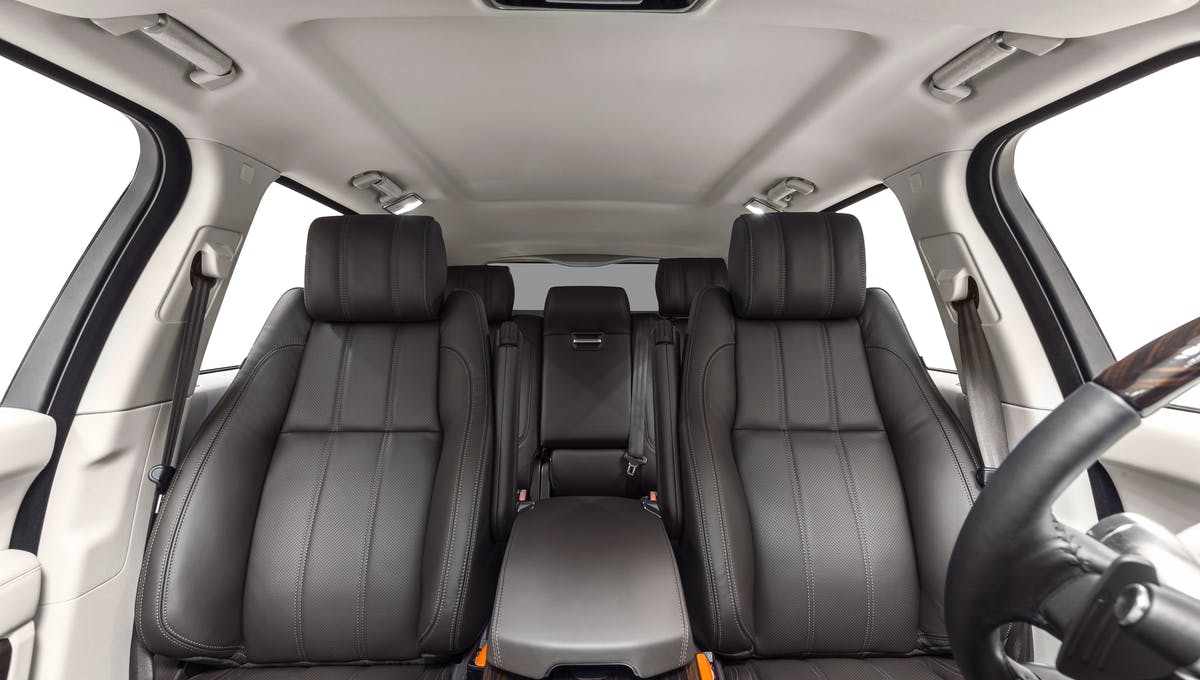
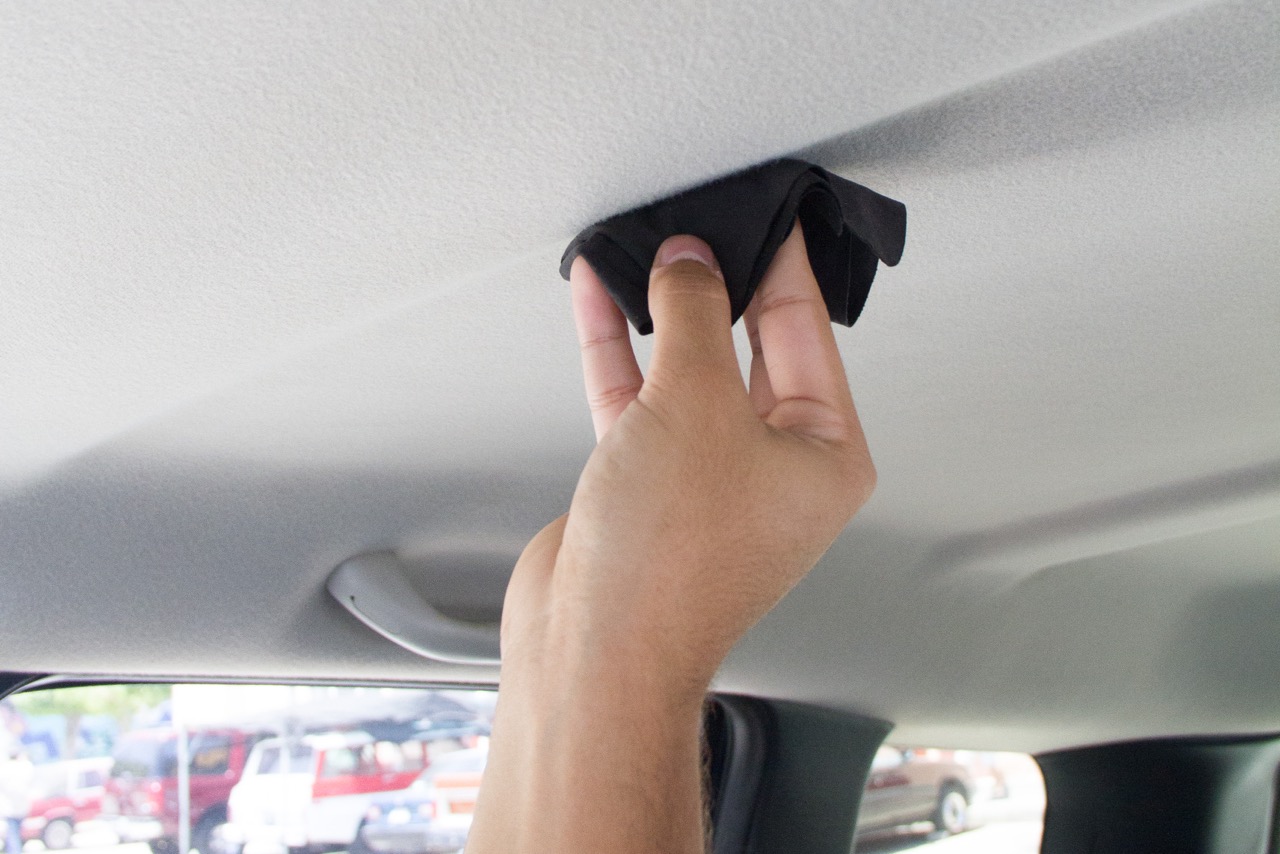



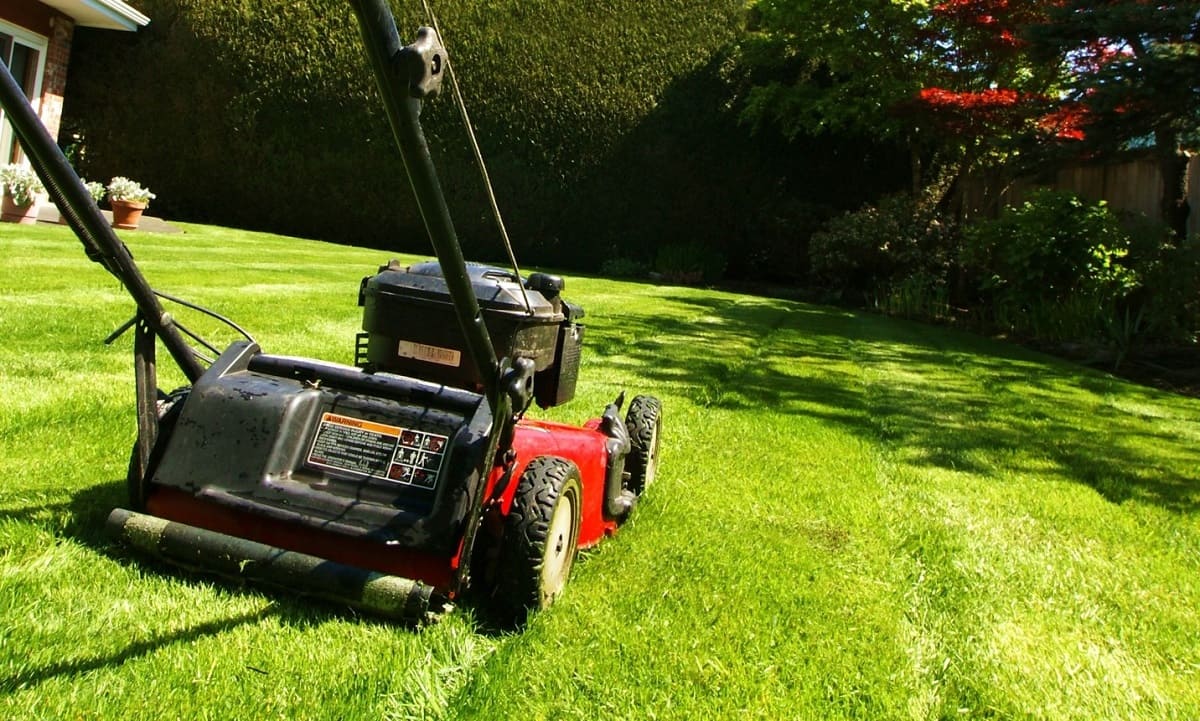
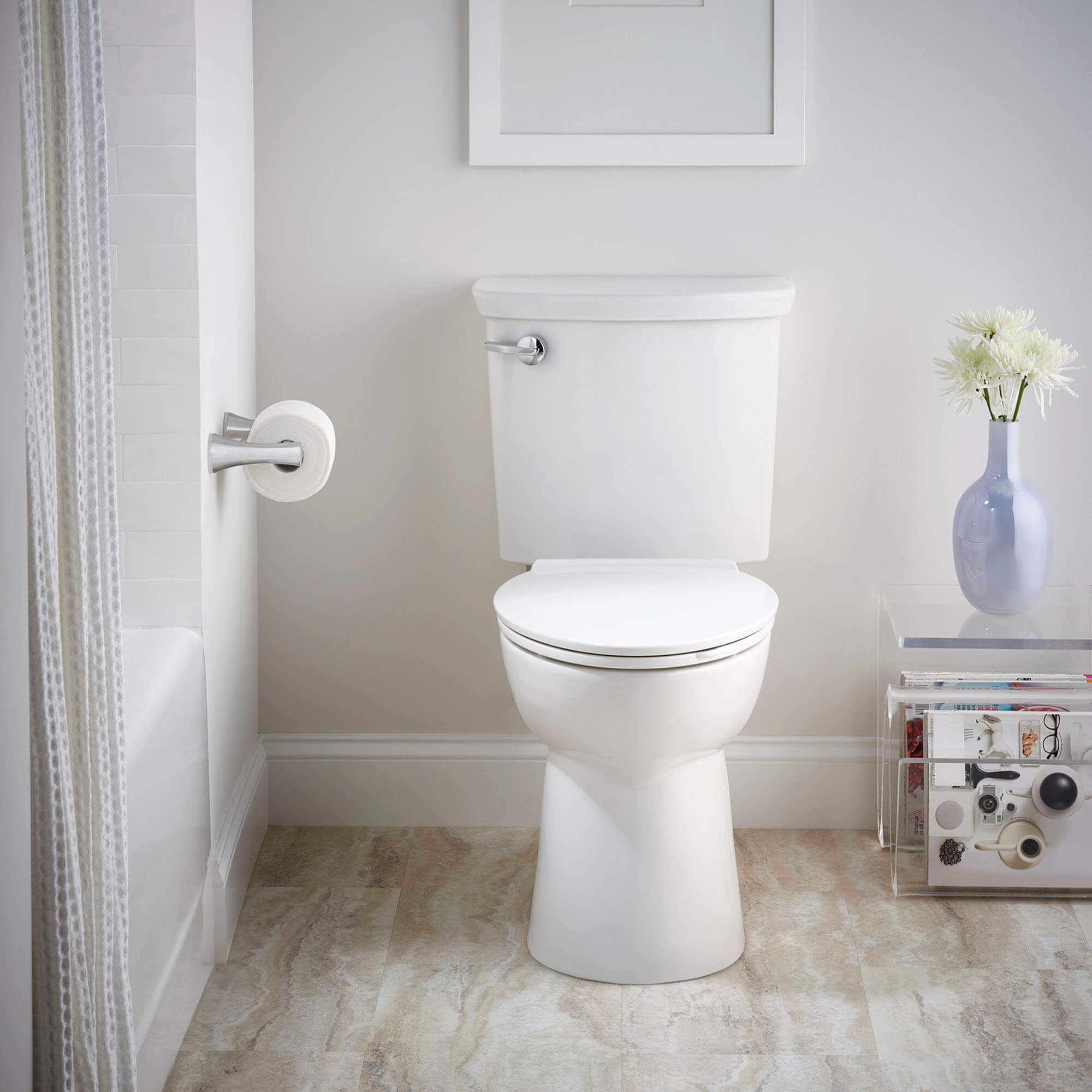



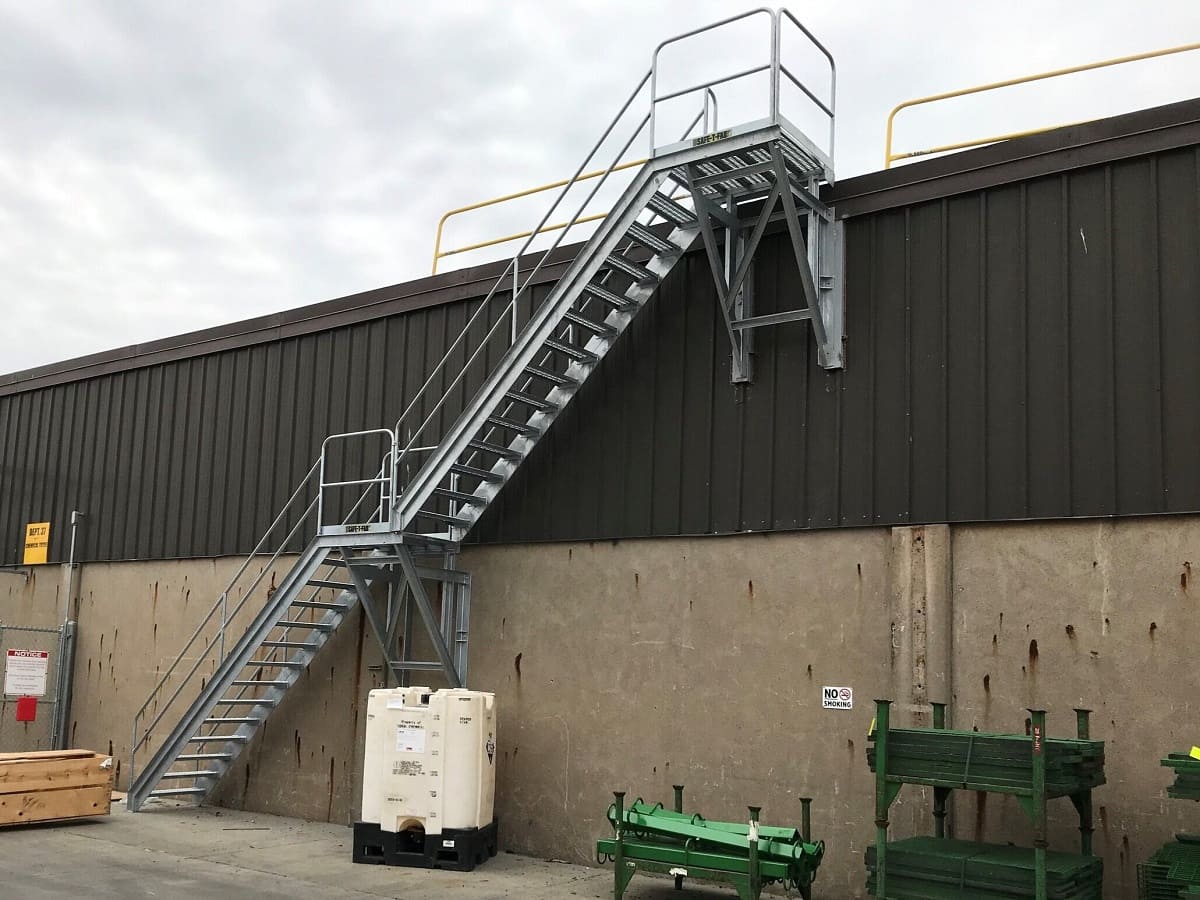

0 thoughts on “What Is The Minimum Ceiling Height For A Car Lift”